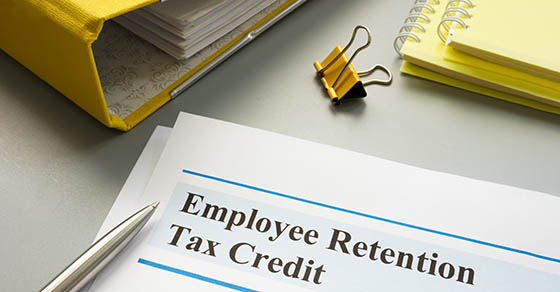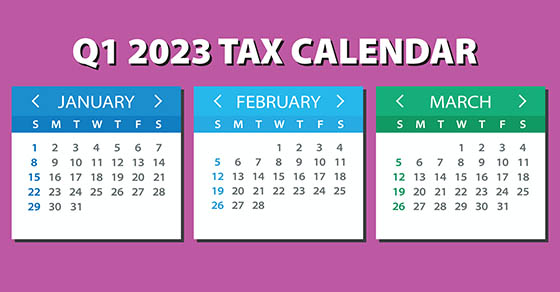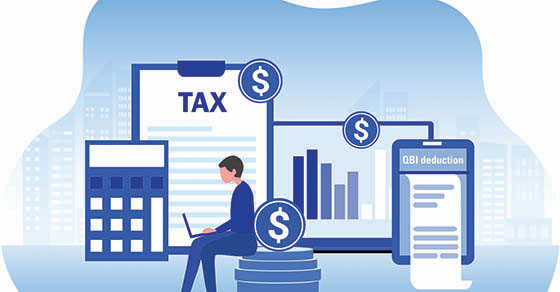The Employee Retention Credit (ERC) was a valuable tax credit that helped employers that kept workers on staff during the height of the COVID-19 pandemic. While the credit is no longer available, eligible employers that haven’t yet claimed it might still be able to do so by filing amended payroll returns for tax years 2020 and 2021.
However, the IRS is warning employers to beware of third parties that may be advising them to claim the ERC when they don’t qualify. Some third-party “ERC mills” are promising that they can get businesses a refund without knowing anything about the employers’ situations. They’re sending emails, letters and voice mails as well as advertising on television. When businesses respond, these ERC mills are claiming many improper write-offs related to taxpayer eligibility for — and computation of — the credit.
These third parties often charge large upfront fees or a fee that’s contingent on the amount of the refund. They may not inform taxpayers that wage deductions claimed on the companies’ federal income tax returns must be reduced by the amount of the credit.
According to the IRS, if a business filed an income tax return deducting qualified wages before it filed an employment tax return claiming the credit, the business should file an amended income tax return to correct any overstated wage deduction. Your tax advisor can assist with this.
Businesses are encouraged to be cautious of advertised schemes and direct solicitations promising tax savings that are too good to be true. Taxpayers are always responsible for the information reported on their tax returns. Improperly claiming the ERC could result in taxpayers being required to repay the credit along with penalties and interest.
ERC Basics
The ERC is a refundable tax credit designed for businesses that:
- Continued paying employees while they were shut down due to the COVID-19 pandemic, or
- Had significant declines in gross receipts from March 13, 2020, to September 30, 2021 (or December 31, 2021 for certain startup businesses).
Eligible taxpayers could have claimed the ERC on an original employment tax return or they can claim it on an amended return.
To be eligible for the ERC, employers must have:
- Sustained a full or partial suspension of operations due to orders from an appropriate governmental authority limiting commerce, travel, or group meetings due to COVID-19 during 2020 or the first three quarters of 2021,
- Experienced a significant decline in gross receipts during 2020 or a decline in gross receipts during the first three quarters of 2021, or
- Qualified as a recovery startup business for the third or fourth quarters of 2021.
As a reminder, only recovery startup businesses are eligible for the ERC in the fourth quarter of 2021. Additionally, for any quarter, eligible employers cannot claim the ERC on wages that were reported as payroll costs in obtaining Paycheck Protection Program (PPP) loan forgiveness or that were used to claim certain other tax credits.
How to Proceed
If you didn’t claim the ERC, and believe you’re eligible, contact us. We can advise you on how to proceed.
© 2023







